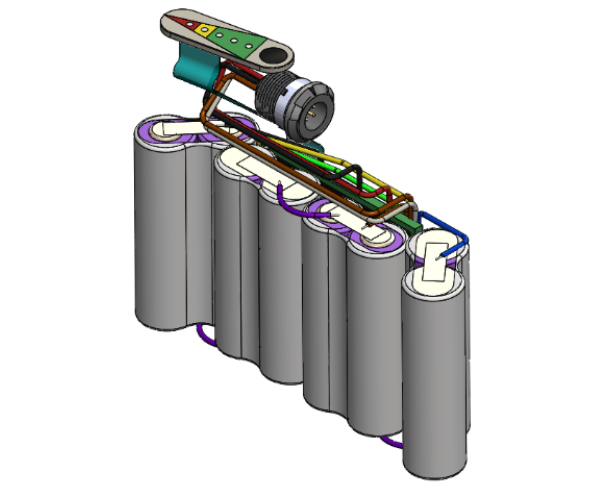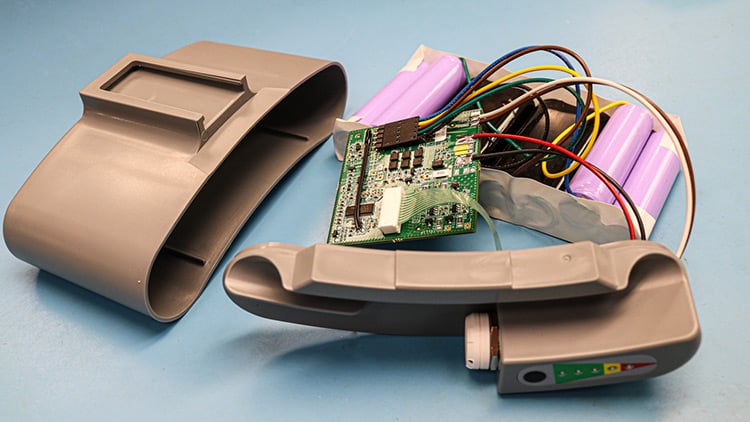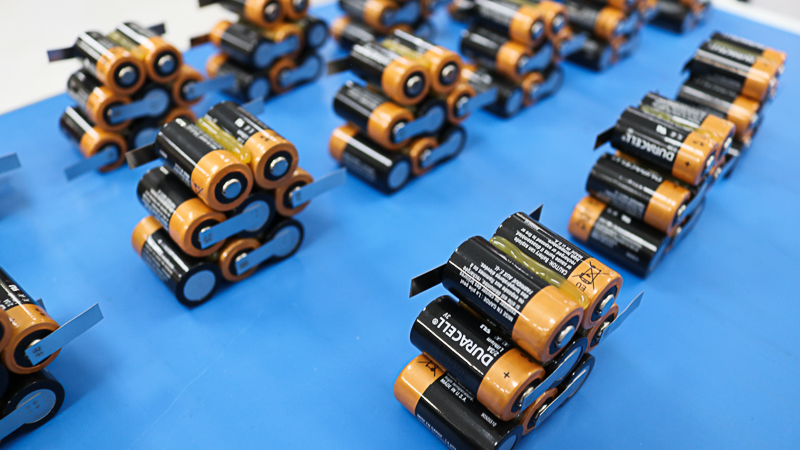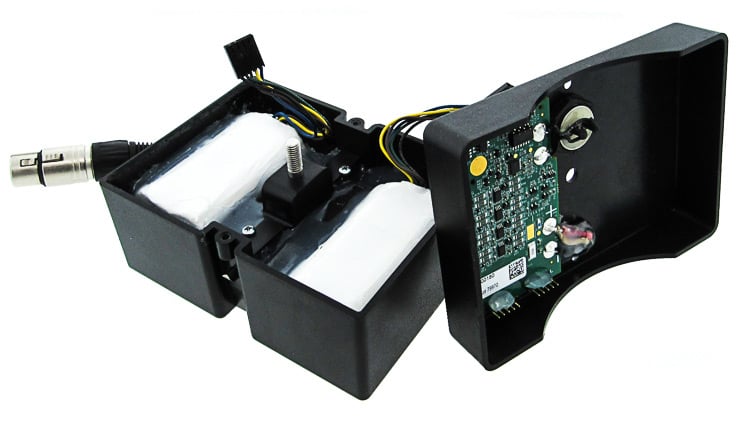With electronics becoming more portable and lightweight, they require batteries that offer long hours of battery life before recharging. Lithium batteries are becoming common place in electronics such as smartphones, laptops, and tablets as they can last for up to 2 years to 5 years. However, failures can cause lithium battery packs to malfunction. The type of problem will be based on the construction of the battery pack, how it is charged, how it is used and handled, and environmental factors.
Anton Beck

Recent Posts
Portable devices are everywhere. When thinking about the top portable devices that we use daily, smartphones, tablets, and laptops will dominate the list. Yet, there are numerous applications that rely on portable devices. Manufacturers of medical devices, military devices and even kid's toys rely on holder and mounting designs to secure batteries in portable devices. How the batteries are secured plays an important factor. These applications can experience a range of extremes such as shocks, vibrations, drops, and temperature fluctuations.
When power applications and equipment with custom battery packs, it's ideal to place batteries in storage when not in use for extended periods of time. This practice will prevent batteries from becoming overcharged in equipment and degrading.
The development of a battery pack relies on a full understanding of the components that are necessary to supply the right amount of power on demand and at a safe rate, providing adequate recharge times, and providing optimal shelf storage. This step requires fully outlining and providing details regarding the application and power needs of the product.
At the conclusion of our webinar, Do You Really Need Lithium or Will Nickel Metal Hydride Suffice, we had several questions submitted to our presenter, Randy Ibrahim, Battery Development Consultant at Epec. We have compiled these questions into a readable format on our blog.
Occasionally, customers have to change battery suppliers. There are many different reasons for these changes. It could involve the battery supplier going out of business, the customer may find a supplier that can offer similar batteries at lower prices and faster time-to-market deadlines, the quality of the battery could be lacking, or there is a disruption to the supply chain for the supplier that the customer must make a temporary switch to an optional manufacturer to complete project deadlines.
Creating an application or product requires designs, drawings, and recommendations regarding the function of the application, materials to use, and the dimensions. In addition, a manufacturer also must consider how to power it. Many applications require a portable battery source that can be recharged numerous times and stored safely without future damage.
Whether it is a medical device concept, automotive manufacturing, project, industrial application, or consumer product, companies require large and small battery packs that will ensure their electronic devices and machinery have the longest life cycles without any safety issues. Many of hese battery packs need to be custom made for the specific device before they can be marketed.
Battery pack manufacturing can be a complex process depending on the size of the pack, the types of battery chemistries used, if a battery management system (BMS) will be used, and whether testing and certification must be done before transportation.
Battery pack design and development can be a complex process based upon the power needs of the application. Due to the multiple steps that go into creating a battery pack, we try to work with customers from the concept stage to learn about the project's details regarding the application's power needs, size of the battery pack, and specific components that will be added. We will also need time to acquire the materials for the battery pack, to create the prototyping, and to acquire the certifications that may be necessary based on the chemistry of the battery.


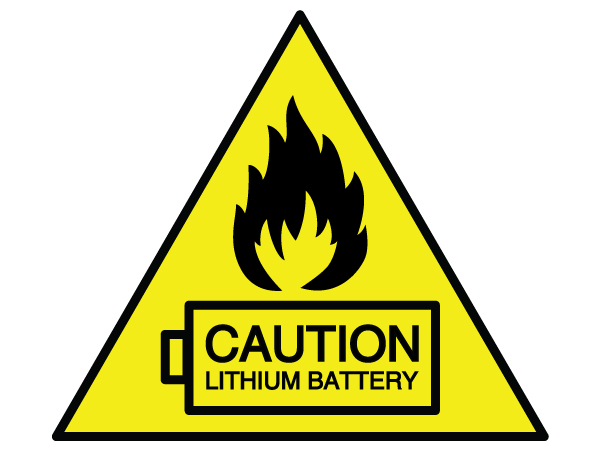
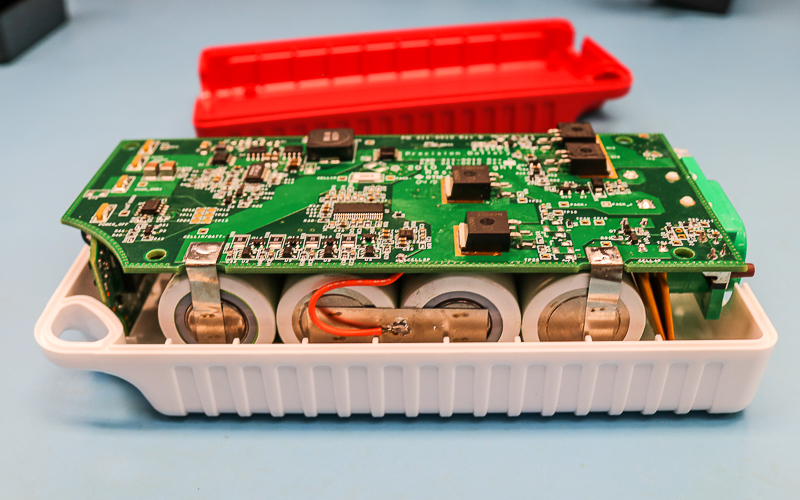
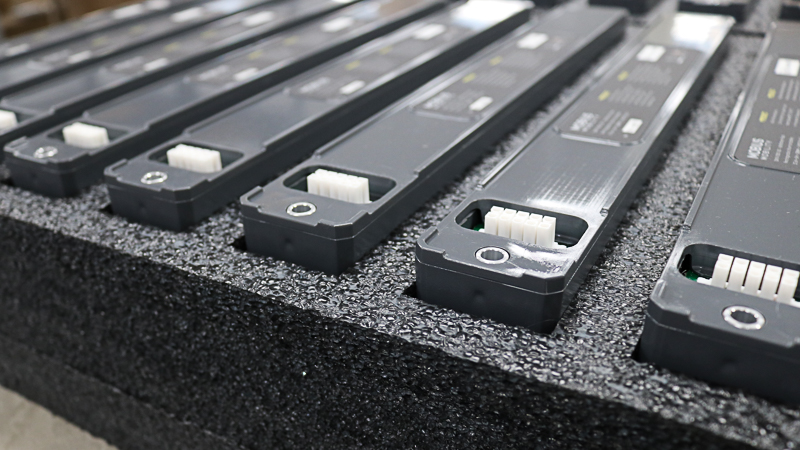
.jpg)

